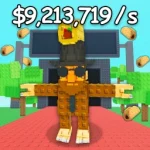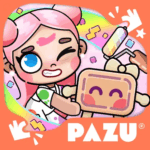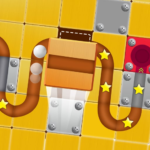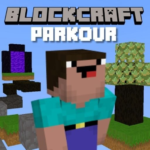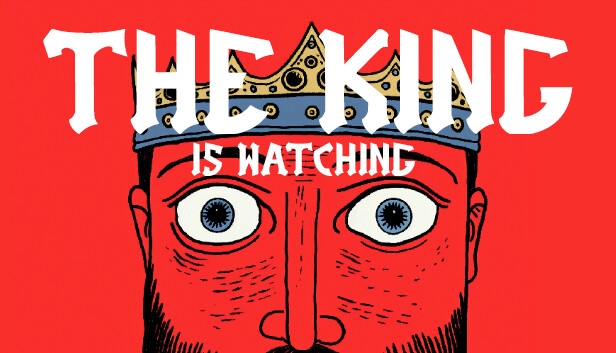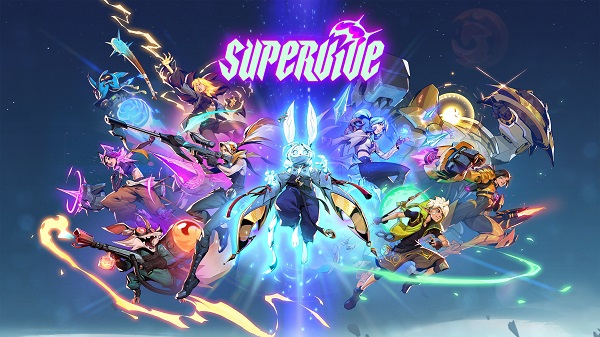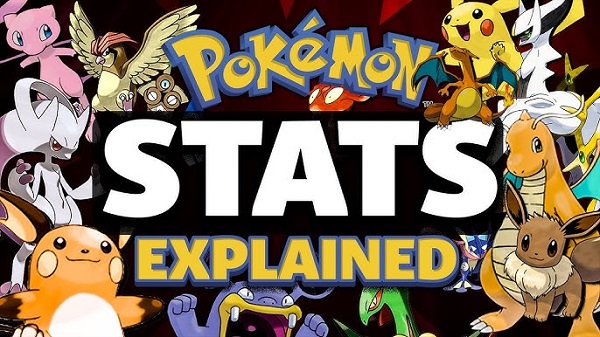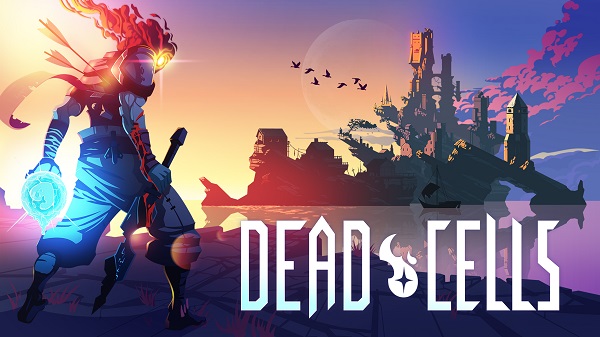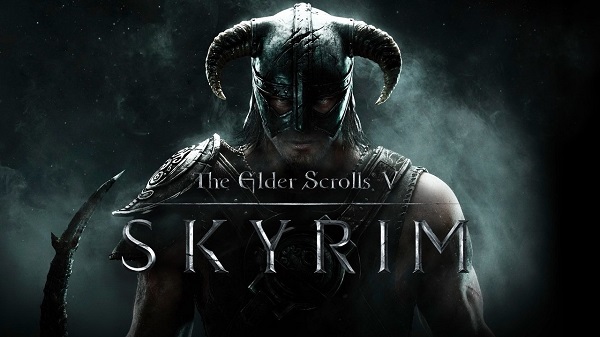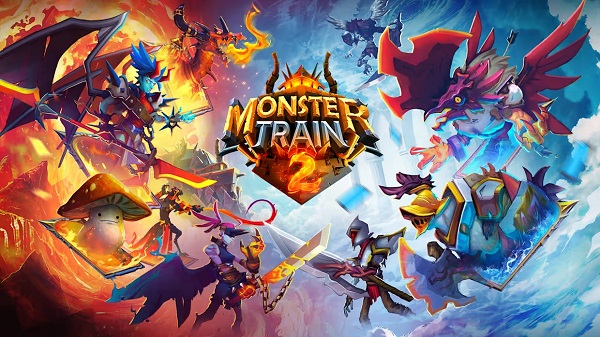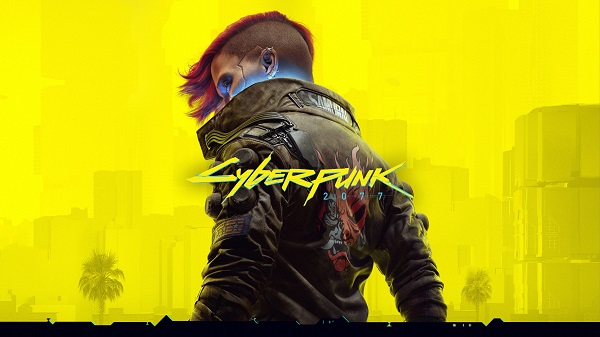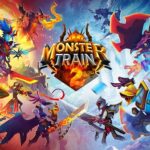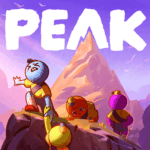Since its launch in 2017,
Free Fire has become one of the most popular battle royale games in the mobile gaming landscape. Developed by Garena, this fast-paced shooter has captivated millions of players worldwide with its engaging gameplay, vibrant graphics, and unique features. In this article, we will delve into the origins of
Free Fire, its gameplay mechanics, character system, social features, monetization strategies, and much more. Additionally, we will analyze the pros and cons of the game, providing a detailed rating at the end.
The Origins of Free Fire
Development and Launch
Free Fire was developed by Garena, a Singapore-based gaming company that has made significant strides in the mobile gaming market. Released in September 2017, the game was designed to cater to mobile users who were looking for quick and engaging gameplay. Its development was influenced by the growing popularity of battle royale games, but
Free Fire aimed to differentiate itself through its unique features and mechanics.
Initial Reception
Upon its release,
Free Fire quickly gained a following, particularly in regions with high mobile usage, such as Southeast Asia and Latin America. The game’s ability to run smoothly on lower-end devices made it accessible to a broader audience, contributing to its rapid growth. Within a year of launch,
Free Fire became one of the most downloaded mobile games worldwide, solidifying its place in the competitive landscape.
Gameplay Mechanics
Core Gameplay
Free Fire follows the traditional battle royale formula, where players parachute onto an island, scavenge for weapons and supplies, and compete to be the last person standing. Each match can accommodate up to 50 players, making for intense and fast-paced gameplay. The matches typically last around 10 minutes, allowing players to jump in and out quickly, which is ideal for mobile gaming.
Map Design and Environment
The game features a variety of maps, each with unique terrains and environments. From urban areas to rural landscapes, the diversity in map design adds depth to gameplay. As players explore, they must be mindful of the shrinking play zone, which forces engagements and heightens the stakes. The dynamic nature of the maps keeps players on their toes, ensuring that no two matches feel the same.
Character System and Customization
Unique Characters
One of the standout features of
Free Fire is its diverse character system. Players can choose from a roster of characters, each with unique abilities that can influence gameplay. These abilities range from healing to enhanced mobility, allowing players to tailor their gameplay experience to their preferred style. This character diversity adds a strategic layer to matches, as players must consider their character's strengths and weaknesses when engaging in combat.
Customization Options
In addition to character selection,
Free Fire offers extensive customization options for players. From outfits to weapon skins, players can personalize their experience to reflect their individuality. This level of customization not only enhances player engagement but also encourages investment in the game, as players strive to unlock and showcase their unique styles.
Social Features and Community Engagement
Team Play and Communication
Free Fire emphasizes teamwork and communication, allowing players to form squads with friends or other players. Effective communication is crucial in coordinating strategies and executing plans during matches. The game includes voice chat and text messaging options, enabling players to communicate seamlessly, which can be a game-changer in high-pressure situations.
Events and Community Interaction
Garena frequently hosts in-game events and competitions, fostering community engagement. These events often feature exclusive rewards, new characters, and limited-time game modes, keeping the player base active and invested. Engaging with the community through social media platforms and forums further strengthens the connection between players and developers, creating a vibrant gaming ecosystem.
Monetization Strategies
Free-to-Play Model
Free Fire operates on a free-to-play model, allowing players to download and play without any upfront costs. This accessibility has been a significant factor in its success, attracting a vast player base. However, the game also incorporates in-game purchases, which can lead to mixed reactions from players.
In-Game Purchases and Currency
Players can purchase diamonds, the in-game currency, to buy skins, characters, and other cosmetic items. While these purchases are optional, they can enhance gameplay and provide players with advantages. However, the pressure to spend money can be a point of contention, particularly among younger players who may feel compelled to keep up with their peers.
The Evolution of Free Fire
Continuous Updates and Enhancements
Since its launch,
Free Fire has undergone numerous updates, introducing new features, game modes, and improvements based on player feedback. Garena's commitment to continuous development has ensured that the game remains fresh and engaging, adapting to the changing demands of its player base.
Collaborations and Crossovers
Free Fire has also embraced collaborations with popular franchises, bringing in characters and themes from movies, shows, and other games. These collaborations not only attract new players but also keep the existing community excited about new content. Events that tie in with these collaborations often feature unique rewards, further enhancing player engagement.
Pros and Cons of Free Fire
Pros
- Accessibility: The game runs smoothly on low-end devices, making it accessible to a broader audience.
- Fast-Paced Gameplay: Matches are quick, allowing players to enjoy short gaming sessions without long time commitments.
- Unique Character Abilities: The diverse character system adds a strategic layer to gameplay, enhancing player experience.
- Engaging Social Features: Team play and communication options foster a sense of community and collaboration.
- Regular Updates: Continuous content updates keep the game fresh and engaging.
Cons
- Monetization Pressure: The in-game purchase system can create pressure on players to spend money.
- Potential for Cheating: As with many online games, cheating can be an issue, impacting the overall experience.
- Quality Control: The influx of new content can sometimes lead to bugs or balance issues within the game.
- Limited Map Variety: While the maps are diverse, players may eventually seek more locations to explore.
- Addictive Nature: The engaging gameplay can lead to excessive playtime, particularly among younger audiences.
User Experience and Community Feedback
Overall Experience
The overall experience of
Free Fire has been largely positive, with players praising its accessibility, fast-paced gameplay, and character system. The game has successfully built a strong community, with players engaging in various events and collaborating with friends. However, concerns about monetization and cheating persist, prompting ongoing discussions among players.
User Ratings
Based on player reviews across multiple platforms,
Free Fire averages around 4.2 out of 5 stars. Many users commend its engaging gameplay and accessibility, while others voice concerns regarding monetization practices and game balance. This mixed feedback offers a balanced view of the game's impact on the mobile gaming landscape.
Conclusion
In conclusion,
Free Fire has established itself as a formidable player in the mobile battle royale genre since its launch in 2017. Its unique blend of fast-paced gameplay, character diversity, and social features has attracted millions of players worldwide. While the game has its pros and cons—ranging from accessibility and engaging mechanics to monetization pressures—it remains a popular choice for both casual and competitive players. As
Free Fire continues to evolve, it will be interesting to see how it adapts to the ever-changing demands of its community and the gaming industry.











